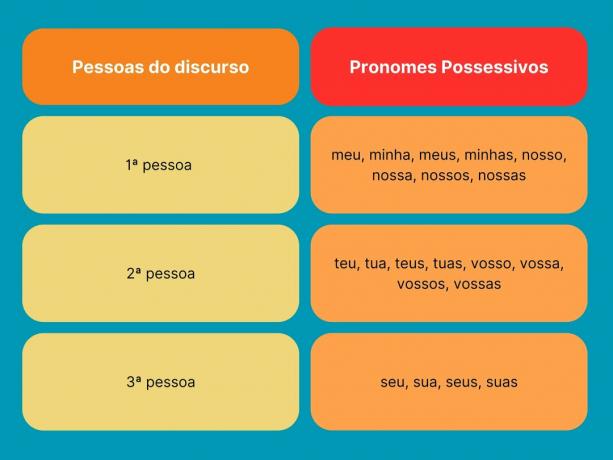The exclamation mark (!) is a punctuation mark used to Express feelings, such as astonishment, joy, anger, surprise, pain, among others.
It is usually written after an interjection or at the end of a sentence. Its function is to convey, in writing, the exclamatory intonation of an utterance.
Examples of sentences with an exclamation mark:
"What a wonderful sunny day!"
"Amazing, I won the lottery!"
"What surprising and exciting news!"
"Wow, what a stunning view from the top of the mountain!"
"How quickly time passes!"
"What delicious food, I'm satisfied!"
"Wow, what an incredible performance on stage!"
"What a moving film, I was speechless!"
"There! Ouch!”
"How good it is to be with true friends!"
Uses of the exclamation mark
Exclamatory sentences, interjections and vocatives
Normally, the exclamation mark is used after exclamatory sentences, interjections and intense vocatives (apostrophes).
- Interjections: words or expressions that express emotions, sensations or states of mind directly and spontaneously.
- Vocatives: words or expressions used to to call or address someone directly, indicating who the message is intended for. They are normally isolated by commas and can occur at the beginning, middle or end of a sentence.
Examples:
"Is too good!"
"I believe in the cross!"
"There! It hurt!”
Goodbye, sir!
Imperative verbs
It is common to use an exclamation point at the end of sentences with imperative verbs, to highlight the intensity of the order or plea.
Examples:
"Return, my son! Don't me let here alone!”
No blink, goalkeeper! Hold on the ball!
"Here comes the bus. Run!"
Question mark and exclamation mark together (?!)
The combination of an exclamation mark and a question mark is common. By adding the exclamation after the question, we express doubt and surprise simultaneously. This fusion increases the emotional charge of the text, being more common in informal contexts.
Examples:
"What are you doing out there so late?!"
"How did you manage to solve this problem so quickly?!"
"Why didn't you tell me sooner?!"
Inverted question mark
In Spanish or Castilian, two exclamation marks are used, one at the beginning and one at the end of the sentence, the first being inverted.
Examples:
"What a beautiful day today!"
"Amazing, win the lottery!"
"What news is so surprising and exciting!"
After the exclamation: uppercase or lowercase letters?
In grammatical terms, the exclamation mark has the same value as the following and final points. In this sense, the correct thing is use capital letters after the signal.
Examples:
"Incredible! VYou never respond!”
"What a surprise! NI didn't expect that!"
"How boring! AI could believe those beautiful words!"
In literary texts, however, due to their stylistic/expressive character, it is common to find words with a lowercase initial after exclamation marks.
Examples:
"Oh! My God, why did Felicia come to talk about these stories at night?!" (Coelho Netto, "The Whirlwind")
"I believe in the cross! Raimundo groaned in amazement." (Graciliano Ramos, "The land of naked boys")
Mathematics
In mathematics, the exclamation point is used to represent the factorial (n!)
Traffic signal
On traffic signs, the exclamation mark indicates danger.

Origin of the exclamation mark
The origin of the question mark is not known for sure. The most plausible explanation is that it originated from the combination of letters in the word io ("exclamation of joy", in Latin). By writing the "i" over the "o", what would eventually become the exclamation point was formed.
Bibliography:
- BECHARA, Evanildo. School Grammar of the Portuguese Language. Rio de Janeiro: Lucerna, 2009.
- CUNHA, Celso; CINTRA, Lindley. New grammar of contemporary Portuguese. Lisbon: Edições João Sá da Costa, 2015.
See too:
- Pronoun
- Oblique pronouns
- Relative pronouns
- Pronouns treatment
- Possessive pronouns
- Adjective
- Verb
- Adverb
- Preposition
Meanings: more than a simple encyclopedia. A simple encyclopedia.

